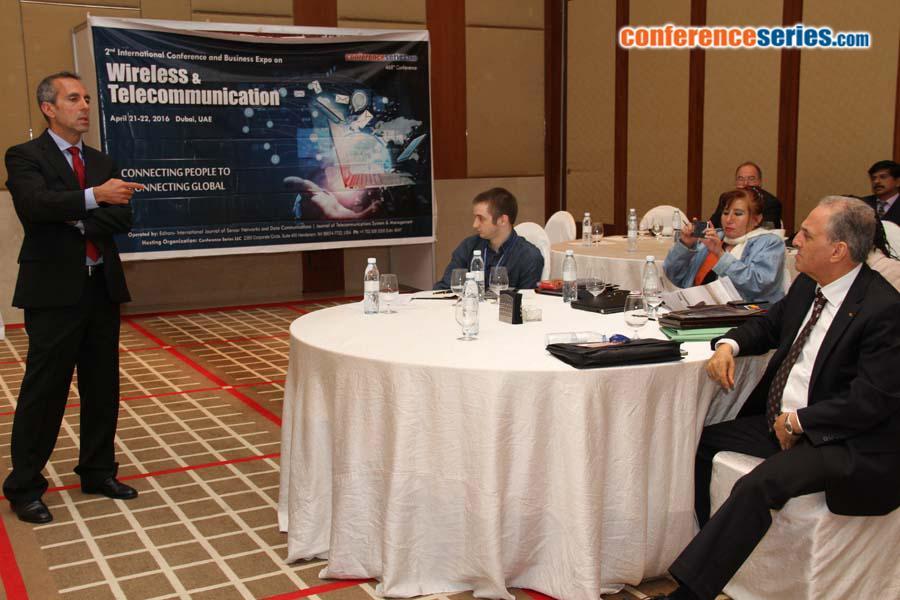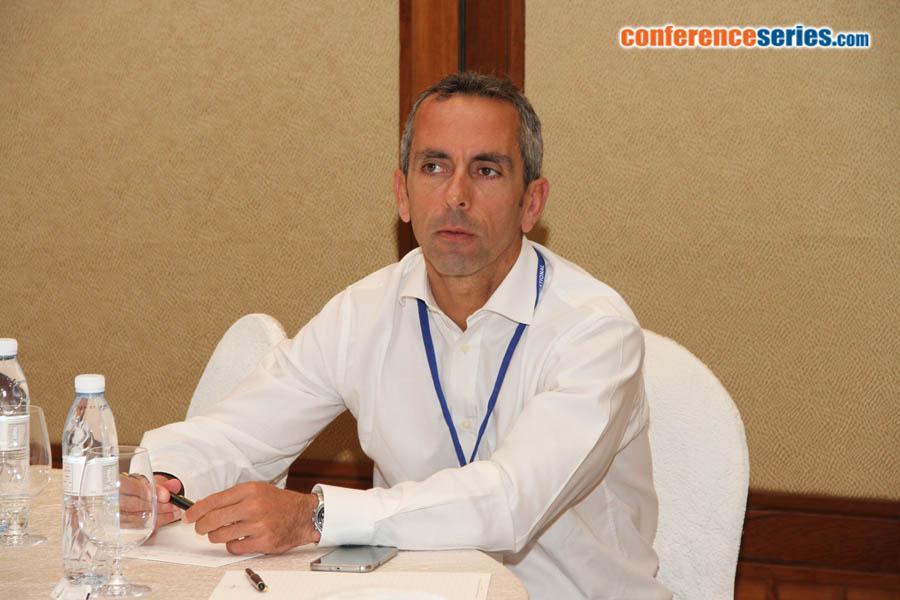
Mario Marques da Silva
Universidade Autónoma de Lisboa, Portugal
Title: A MIMO Optimization for Physical Layer Security
Biography
Biography: Mario Marques da Silva
Abstract
The use of multiple antennas at both the transmitter and receiver aims to improve performance or to increase symbol rate of systems, but it usually requires higher implementation complexity. Multiple Input Multiple Output (MIMO) architectures can be used for combined transmit and receive diversity, for the parallel transmission of data or spatial multiplexing. When used for spatial multiplexing, MIMO technology promises high bit rates in a narrow bandwidth. Therefore, it is of high significance to spectrum users. In this case, MIMO system considers the transmission of different signals from each transmit element so that the receiving antenna array receives a superposition of all transmitted signals. Mobile communication systems must support multiple users achieving at the same time privacy of users contents. Security common solutions are based on encrypted algorithms from higher layers, such as private and public encrypted keys. Other possibility is to implement physical layer security schemes. One advantage of physical layer security relies on their ability to be combined with other security schemes from higher layers. Due to the broadcast nature of MIMO systems, security is a critical issue. However, the constellation shaping on the desired direction introduced by a new proposed transmitter means that we have directivity at the transmitted constellation that can be employed to assure security at physical layer. Privacy is achieved since each user must know the set of coefficients associated to each BPSK component as well as the array configuration; otherwise receives useless data. Therefore, the inherent security lies on the constellation directivity, i.e., the direction in which the constellation is optimized, which can be improved by changes on coefficients’ phases or using constellations that are decomposed with a higher number of BPSK components. The several cases analyzed in this speech show effectiveness of the proposed approach to implement a security scheme at physical layer level






